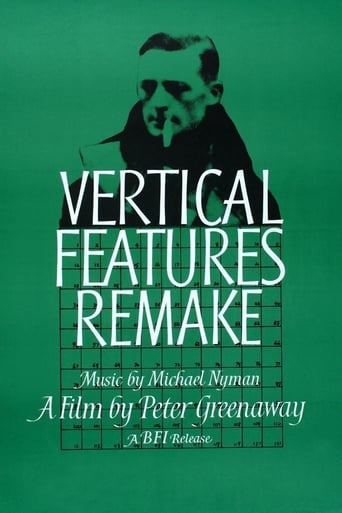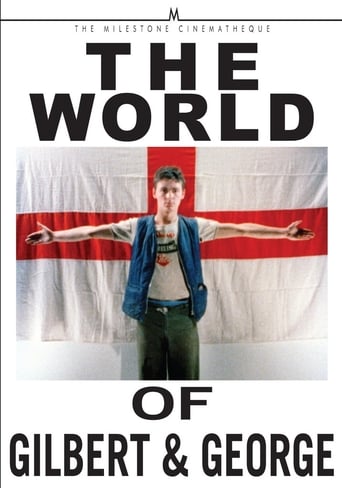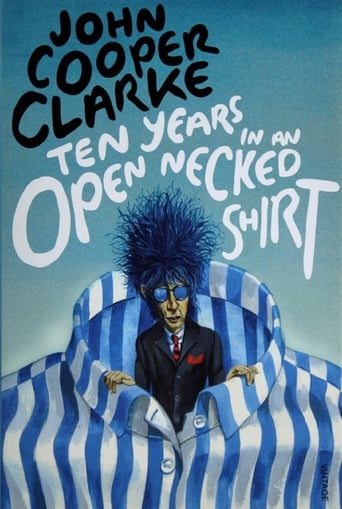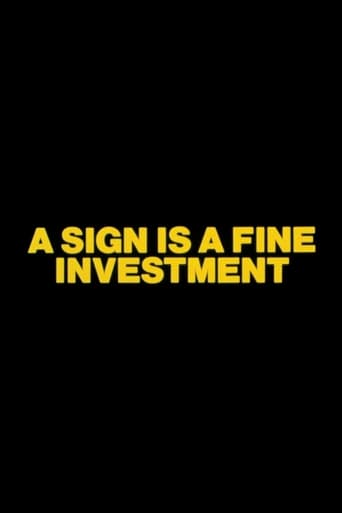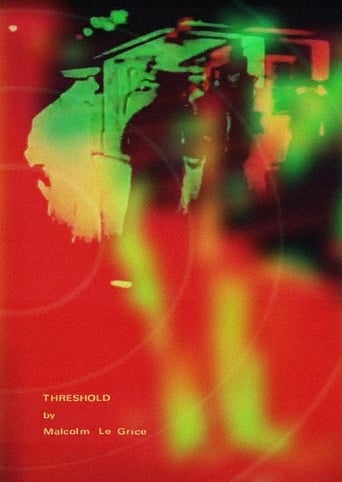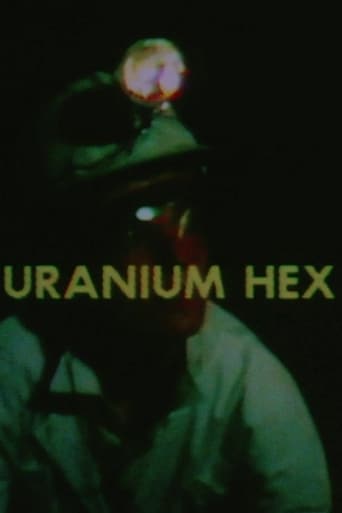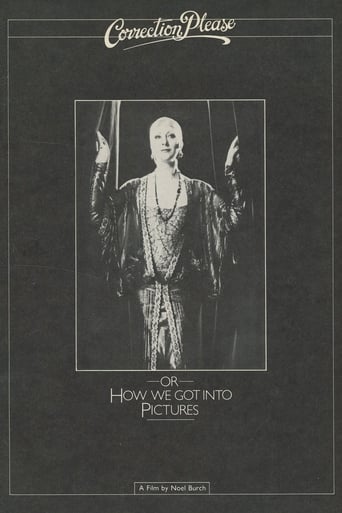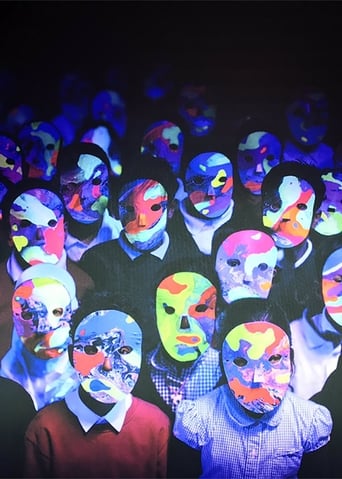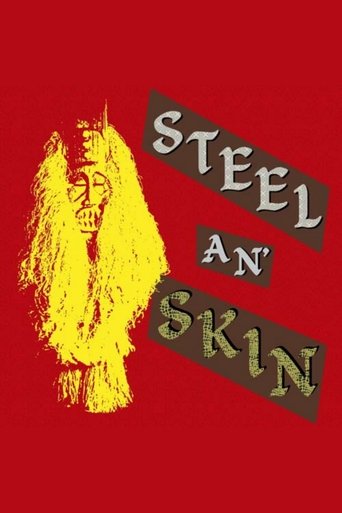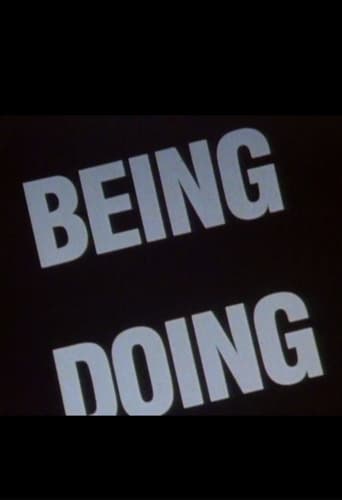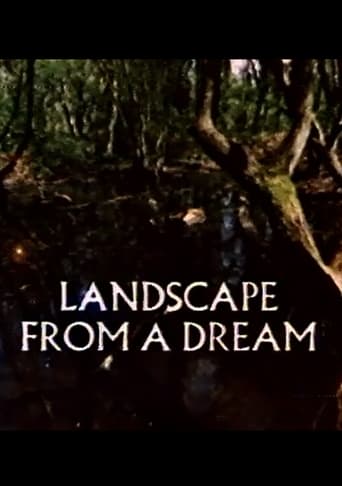About Performance Art and its historical origins including its links with folk customs. The film includes extracts from the work of many different performance artists from England and abroad collected from 1979 to 1983, amongst them: Tibor Hajas (Hungary), Rasa Todosijevic (Yugoslavia), Iain Robertson (Scotland), Zbigniew Warpechowski (Poland), Milan Knizak (Czechoslovakia), Natalia LL (Poland), Ewa Partum (Poland), Jan Mlcoch (Czechoslovakia), Sonia Knox (Northern Ireland), Jerzy Beres (Poland) and Stuart Brisley (England). The film also records the Haxey Hood and Padstow Hobbyhorse folk dances from Lincolnshire and Cornwall respectively.




